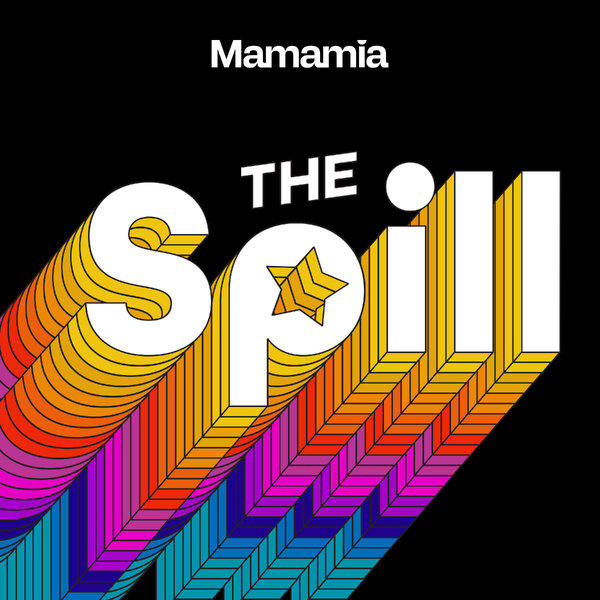By Alexa Scarlata, University of Melbourne
There’s never been a more exciting time to be a fan of cancelled television. When word got out last month that Netflix was in negotiations to revive Warner Bros.’ dramedy the Gilmore Girls, fans of the long-dead series reacted immediately – whether in support of the idea or in bitter despair.
In one way or another, Netflix – and other online streaming services – are increasingly turning to the past. But why?
Gilmore Girls will be joined by iconic science-fiction franchise Star Trek, which CBS announced last week will go boldly once more to our TV (and laptop) screens. The all-new series will serve as a flagship drama for the studio’s streaming platform, CBS All Access, in 2017.
Back from the dead
Fan theories about Gilmore Girls were book-ended by both exultant, anticipatory cries of #netflixandchilton, and ominous trepidations about the streaming service’s ability to potentially exploit and mistreat a beloved, lamented narrative.
More interestingly, the announcement has spurred debate about streaming services mining our nostalgia to bolster their content catalogues. Is it sacrilegious to resurrect classic TV?
Gilmore Girls is just the latest in a long line of cancelled or completed programming that Netflix has revived: Arrested Development, The Killing and Full(er) House have all been granted reprieves. Earlier this year, Hulu picked up Fox’s The Mindy Project just nine days after it was cancelled, continuing its screening in a seamless transition for viewers.
While some are frustrated with the lack of original programming, the fact remains that for every viewer who wants to preserve his or her small-screen memories, there is another who would be utterly delighted to see them again.

